You’re unlikely to see a beaver in Scotland on a December morning.
For a start, they’re nocturnal.
There’s a lot many of us misunderstand or simply don’t know about these industrious animals, even though they are native to our home country.
Beavers were hunted to extinction in the UK for their fur more than 500 years ago, so perhaps it makes sense that we’ve forgotten what it’s like to live alongside them.
But the beavers are back in a big way.
Restoring their population across Scotland is a Scottish Government strategy, and work has been ongoing for some time to reintroduce them in various locations.
That’s why it isn’t completely ridiculous to go looking for beavers on a December morning, with little to no hope of spotting one – because seeing the signs of beavers is just as, if not more, important.
Signs of beavers – even at -7C
It’s -7C up in the hills of Loch Ard Forest, near Aberfoyle. The good news is the cold has frozen the usually slippy mud solid.
Environment forester Katy Anderson has walked this part of the wood in all seasons and weathers. She knows it like the back of her hand.
During 2024, three families of beavers were released at different locations within the forest under her watch: one in May, and two during November.
Along with her colleagues at Forestry and Land Scotland, Katy – who has been in her current job for around two decades – has spent years preparing and looking after the forest, making it the perfect place for beavers to call home.
“We’ve got extensive habitat that’s really good for beavers – lots of wetlands and native woodland areas and places for them to live that won’t be in conflict with people,” she says.
That last point is crucial.
Trossachs beavers were relocated from Tayside
Over in Tayside, some beavers have been causing issues (primarily related to flooding) for farmers on agricultural land.
Landowners can secure a licence to legally remove the animals – but then they need a new home to go to, or they are at risk of being culled.
“So, working with NatureScot and the Beaver Trust, we have a plan where we have identified sites suitable for beavers to be translocated to – areas of good habitat in the forest,” explains Katy.
“And when ‘problem’ beavers are identified, they’re then captured in their family groups and moved to places where they’re going to be of benefit to the environment.”
Nibbled branches but no threat to trees (or fish)
Walking the banks of a lochan, tucked away at the heart of Loch Ard Forest, all is quiet and still. You certainly can’t imagine beavers bothering anyone here.
The trees and grass are layered in frost, and a thick sheet of ice tops the water. It’s a winter wonderland, but it’s chilly, even for Scotland in December.
Surely any sensible beaver is tucked up in their burrow or lodge, staying warm?
Yet, there’s clear proof they are here, in the Trossachs, eating, living and turning what was once their ancestors’ native home back into their territory.
Katy points out several trees with stripped bark, and fresh wood shavings lying on the forest floor.
There are many large branches, also stripped bare, that have been carried into the water.
And there are plenty of thinner, reedy stems still on trees that have obviously been nibbled.
“Beavers don’t eat fish. They’re completely herbivorous,” says Katy.
“They feed on vegetation through the summer, and then more woody material through the winter.
“When they’re felling trees, they’re focusing on trees that will coppice and provide food for them into the future.
“So, they’re not felling trees to kill them; they’re felling trees to help them regenerate new growth, which will help to sustain habits and sustain the beavers themselves.”
Early signs are good
Suddenly, the unmistakeable sound of the ice cracking echoes across the lochan.
“That’s a beaver,” Katy is sure.
Though there’s no confirmed sighting to go along with the noise, it’s still a thrilling experience.
There’s no way to really know what the new beavers on the block are up to – human interference at this early stage might spook them.
But this encounter suggests the family of Loch Ard Forest beavers which arrived in May has accepted the lochan as their pad and will be able to thrive safely there.
“We’re yet to do any really detailed surveys, but early indications are that beavers are living in those areas where we’ve released them,” says Katy.
“The habitats there are really good for them. There’s plenty of natural food and the environment is perfect.
“So, there’s every reason for them to stay, and the signs are looking good that they have stayed put.”
Beavers could help to stop flooding
And, though they’ve been billed as bothersome neighbours in Tayside, the beavers’ bad rap doesn’t seem to have followed them to the Trossachs.
“There are lots of misconceptions about beavers, I think it’s fair to say,” says Katy.
“Local people have been really positive about bringing them back to the Loch Ard area.
“Aberfoyle does suffer with flooding quite regularly, and bringing beavers back into this area could well be a natural way of helping to defend against flooding in the future. And local people recognise that.
“We now know that beavers do build dams and they can cause quite small-scale, localised flooding.
“But, if that means that it’s going to slow down the flow of water on the tributaries that are leading into a main waterway, then they have the potential to actually alleviate flooding further down the river.”
No predators? No problem
Five hundred years ago, when beavers were a common sight in Scotland, so too were wolves, lynx and bears.
Beavers only breed once a year and tend to have small litters.
But, without those natural predators roaming, is there a risk we’ll become overrun?
“Beavers are really territorial,” explains Katy.
“So, there’ll only be so many beavers that will fit into the landscape, because they’ll defend their territories and stop other beavers from moving in too close.
“They’ll self-regulate their populations in that way.”
For more Stirling news and features visit our page or join us on Facebook





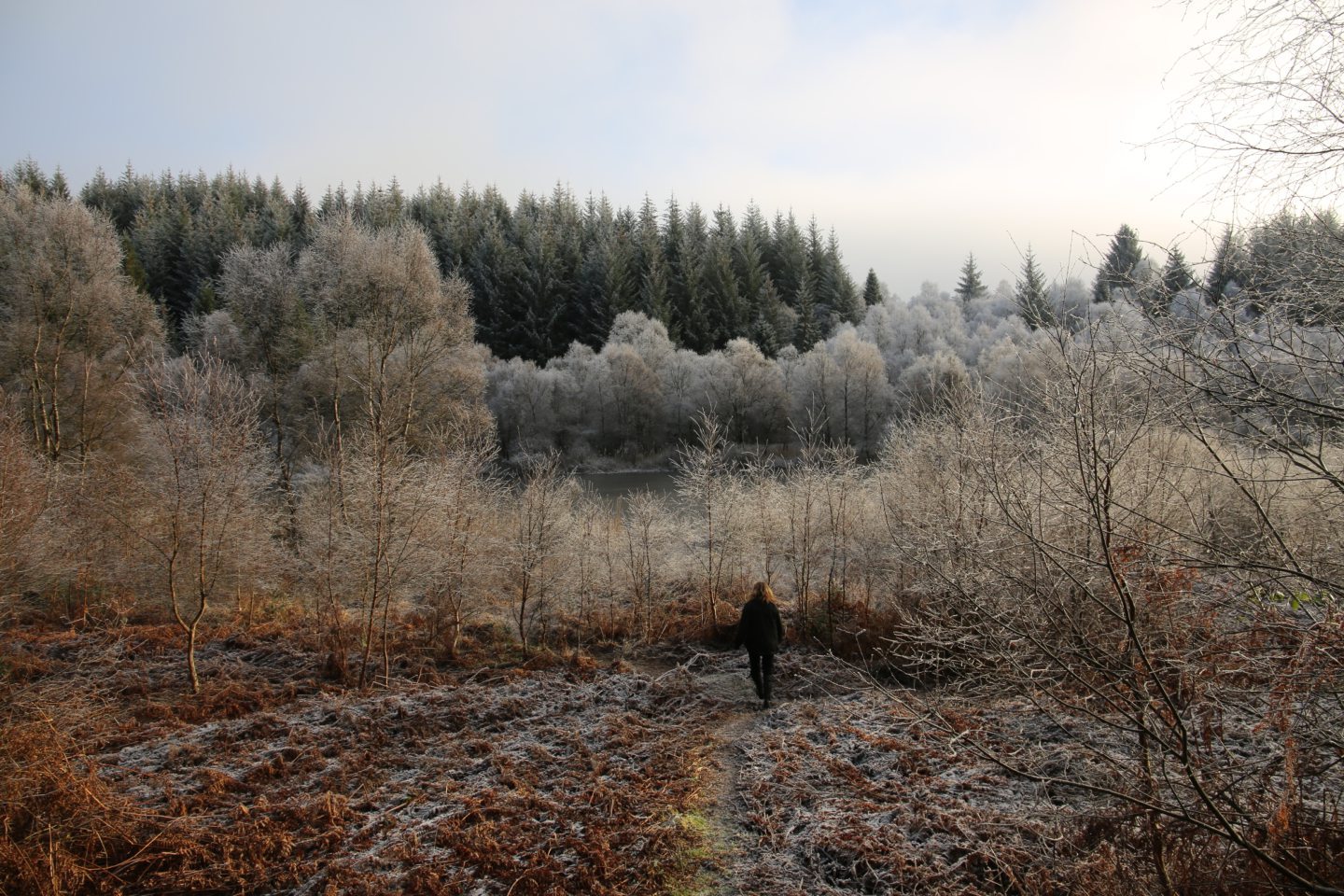
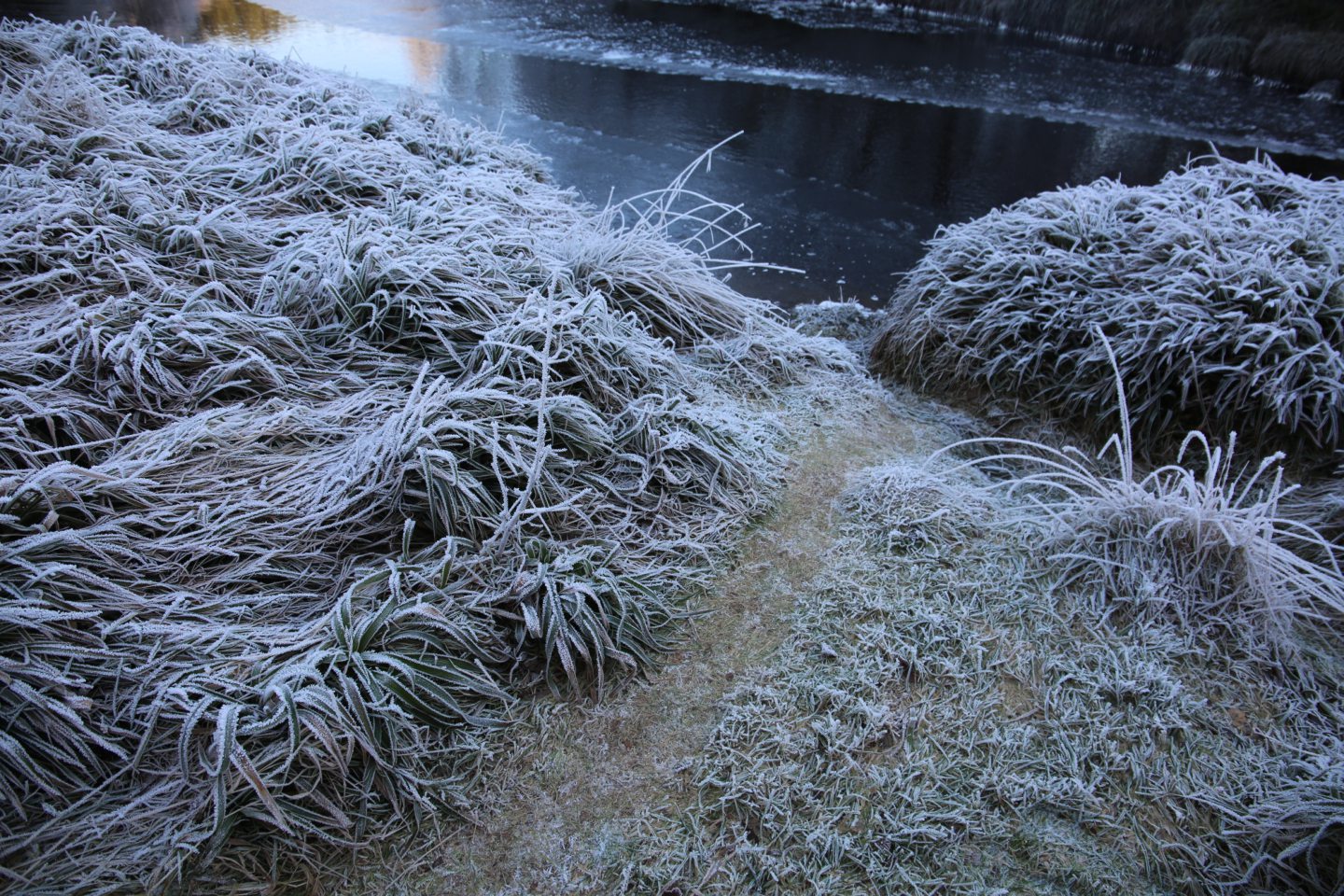


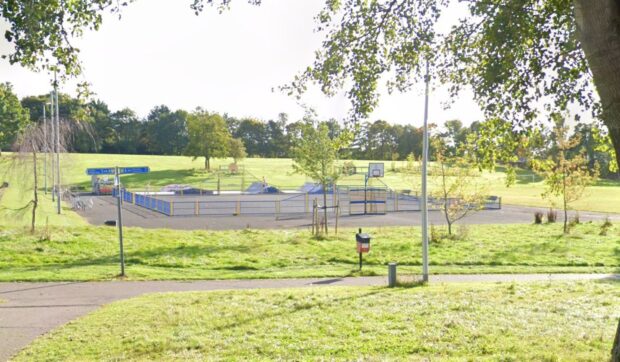

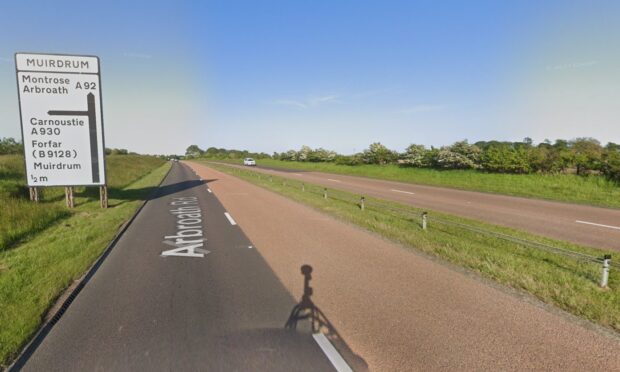

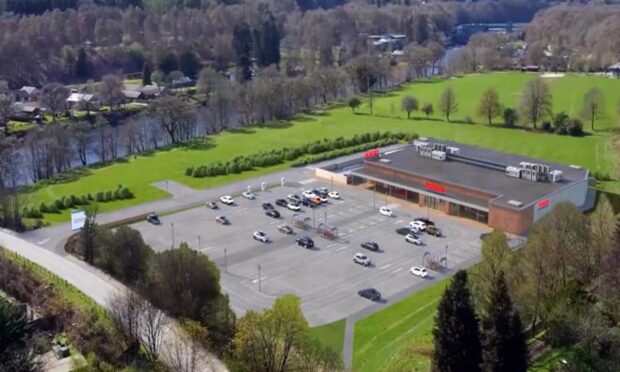


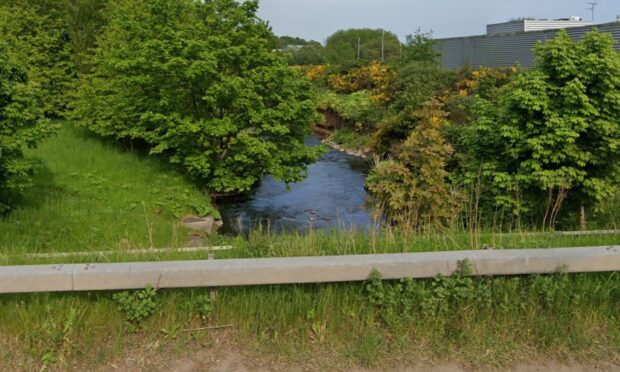


Conversation